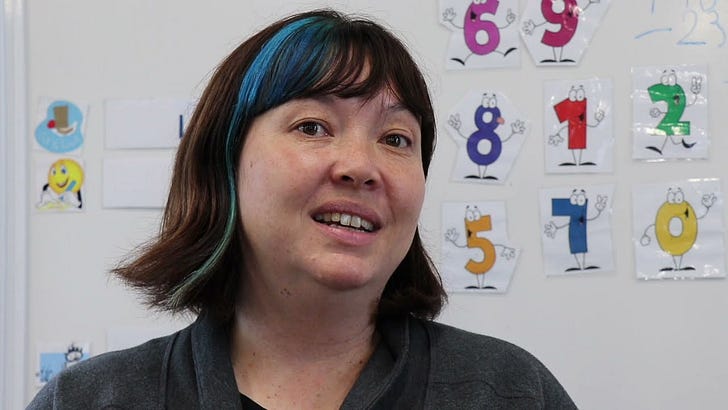I can remember when things changed for me as a teacher. It was when I loosened up a bit, and that looseness created space for kids to bring more of themselves into the room and the learning.
I started to see more. I started to notice more about the kids and their strengths.
I started to gather a lot of anecdotes. And who doesn’t love a good story?
I had a lot of photos and videos to go with those stories. But without me there to interpret them by making curriculum links they lost their power.
And, at the end of the day, stories aren’t really valued as data about learning and achievement. But why not? They tell us what a learner can do day-in day-out. I think stories give us a better picture of a learner’s potential and ability than formal assessments do.
Valuing stories made me a better teacher. I became more attuned to the strengths and needs of the learners, and I was able to respond more personally to them.
Teachers know what makes a real difference to learning: seeing learners, understanding their story, and responding to who they are, so that their story is enhanced. I wanted to give teachers a tool that would help them give value to that core aspect of their practice; a tool that put the power of information in their hands.
This is why I made SMATA.
SMATA gives you more than anecdotes. It gives you a narrative of learning and potential you can respond to.
If you’re an innovative educator, we’d love to help you understand the SMATA difference. Get in touch with us via the form in the link just here



